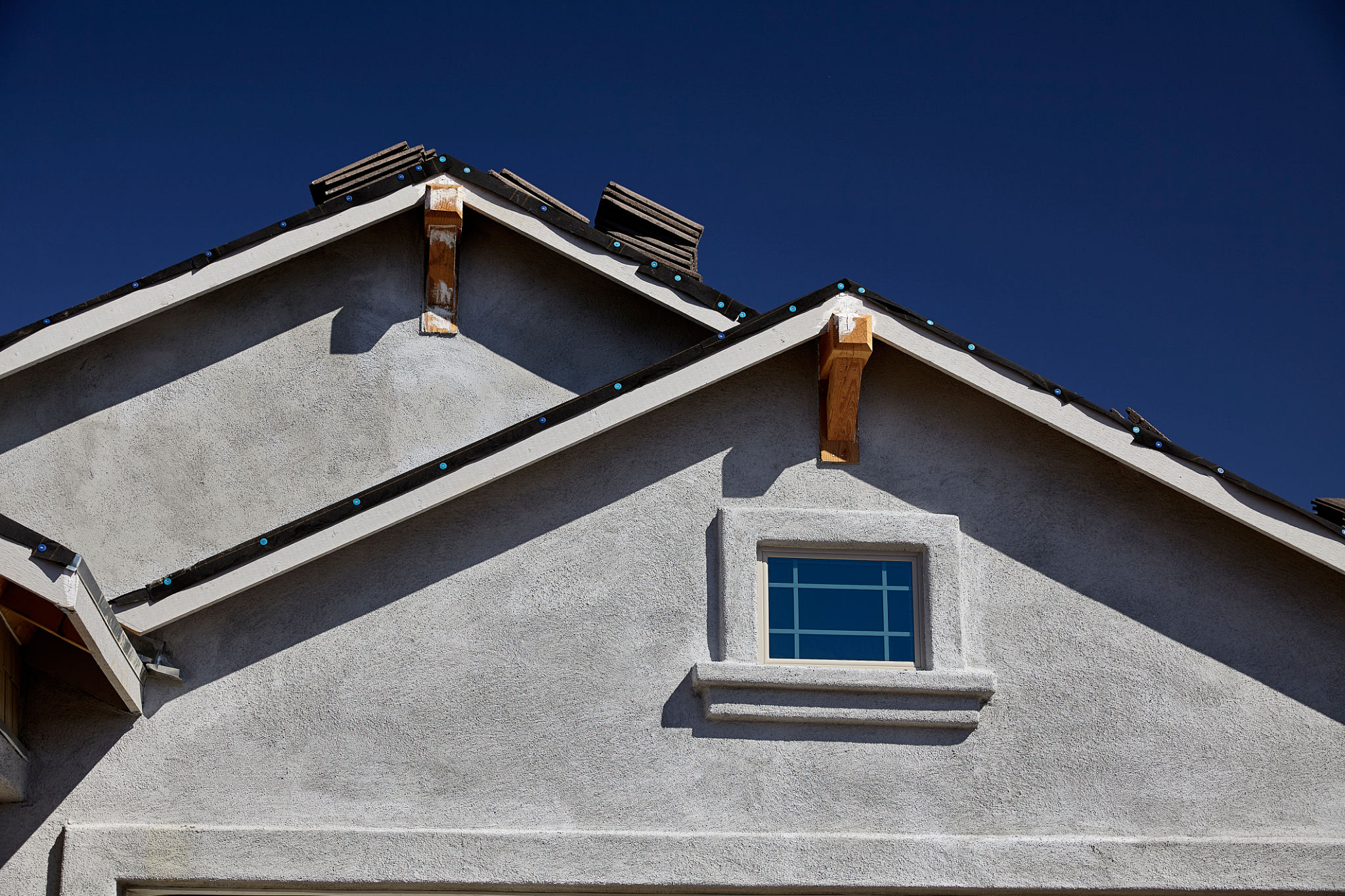Case Study: Successful Stucco Repair on a Historic Home in Irving
Introduction to the Project
In the heart of Irving, a charming historic home stood as a testament to architectural beauty and timeless elegance. However, years of weather exposure took a toll on its stucco exterior, demanding a comprehensive repair. This case study delves into the successful restoration of the home's stucco, rejuvenating its historic charm and ensuring its longevity.

Assessment and Challenges
The first step in the project was a thorough assessment of the stucco's condition. Experts identified several issues including cracks, discoloration, and weather-induced wear. The primary challenge was to restore the stucco without compromising the architectural integrity of the historic structure. Ensuring that the new stucco matched the old in texture and color was crucial.
The team also had to consider environmental factors unique to the area, such as humidity and temperature fluctuations, which could impact the longevity of the repair work. These considerations required meticulous planning and specialized materials.
Planning and Preparation
With a clear understanding of the challenges, the project team embarked on a meticulous planning phase. Key steps included:
- Choosing suitable materials that matched the original stucco in composition and appearance.
- Developing a timeline that allowed for each phase of repair to be completed with precision.
- Coordinating with local authorities for any necessary permits due to the historic nature of the building.

Execution of Stucco Repair
The execution phase began with carefully removing damaged sections of the stucco. This process required skilled craftsmanship to ensure that only affected areas were removed while preserving as much of the original material as possible. New stucco was meticulously applied, with attention to detail to replicate the texture and color of the original finish.
In addition to aesthetic considerations, the team implemented modern techniques to enhance durability. This included using a weather-resistant sealant that provided an additional layer of protection against the elements.
Overcoming Unexpected Hurdles
Like any restoration project, unforeseen challenges emerged during the process. One such issue was discovering hidden damage beneath the surface layer of stucco. This required quick adaptation and problem-solving to ensure that repairs were comprehensive and effective.

The project team also faced delays due to unexpected weather conditions, which necessitated adjustments to the timeline. However, through proactive communication and flexibility, these challenges were managed effectively.
Final Results and Impact
The culmination of careful planning, skilled execution, and adaptive problem-solving resulted in a successful stucco repair that not only restored but enhanced the historic home's allure. The project preserved the architectural integrity while providing modern improvements in durability and weather resistance.
Local community members and historical preservationists lauded the project as a model for future restorations. The home's renewed facade now stands as a proud landmark in Irving, showcasing the perfect blend of tradition and innovation.
Lessons Learned
This case study highlights several important lessons for similar projects:
- The importance of thorough assessment and planning cannot be overstated.
- Flexibility in execution is crucial to adapt to unforeseen challenges.
- A balance between preserving historical authenticity and incorporating modern improvements is vital for lasting success.

Conclusion
The successful stucco repair on this historic home in Irving serves as an inspiring example of how careful craftsmanship and strategic planning can breathe new life into aging structures. It underscores the value of preserving architectural heritage while embracing innovative solutions for future sustainability.
